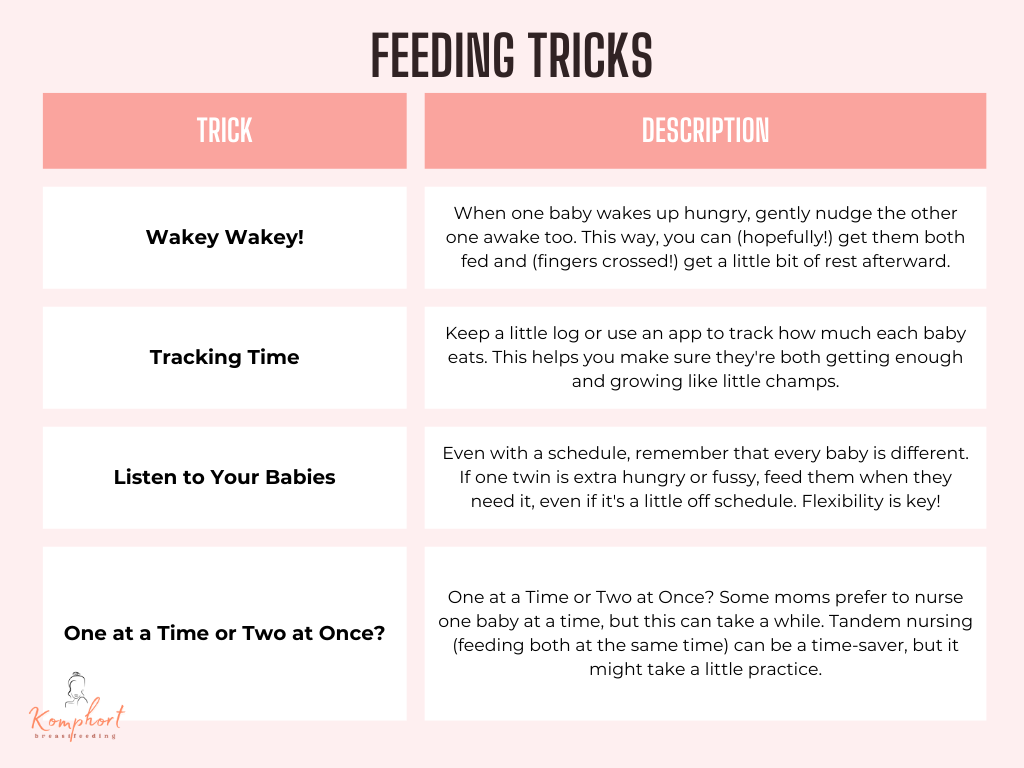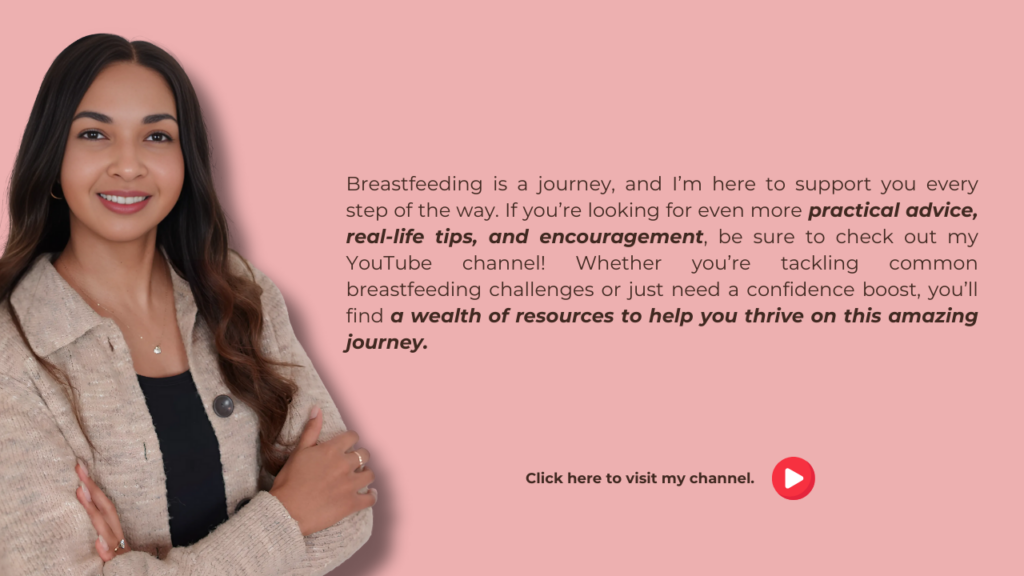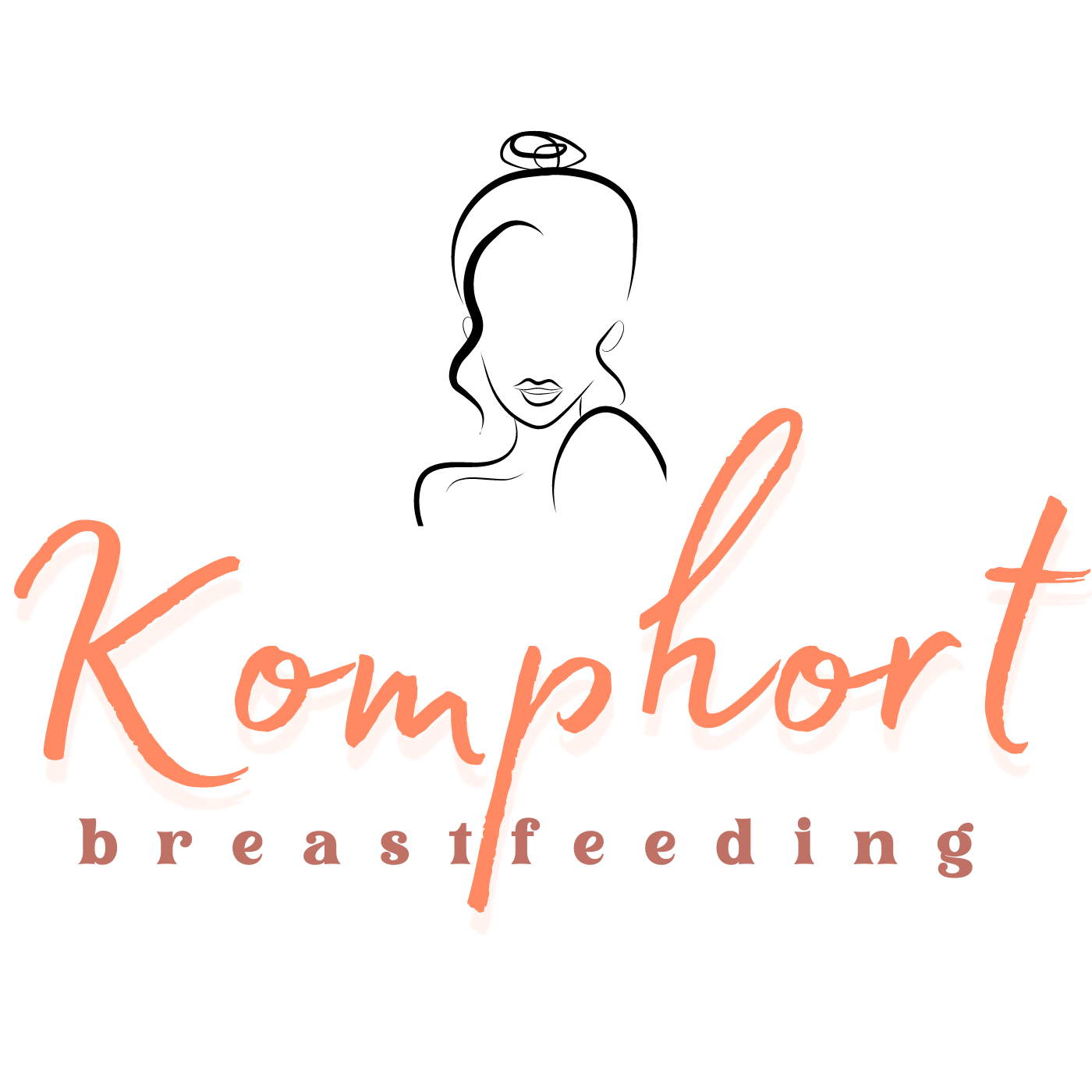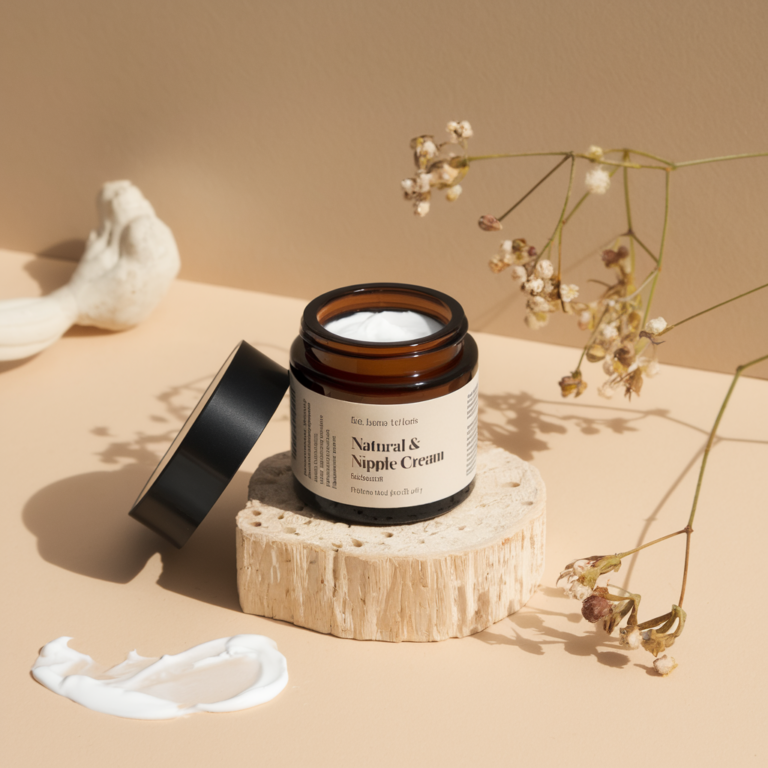Hello, amazing moms! As a breastfeeding specialist and nurse, I’m absolutely thrilled you’re here, with the desire to know more about breastfeeding tips for twins. Congratulations on your double blessing!

Breastfeeding is a beautiful journey, and while it can have its unique challenges with twins, it’s absolutely achievable and incredibly rewarding. This comprehensive guide is packed with breastfeeding tips for twins to help you navigate this special experience with confidence and joy.
Breastfeeding: A Superpower for Two

Breastfeeding is a superpower, especially when you’re nourishing two little ones. It provides your babies with the perfect nutrition, boosts their immune systems, and creates a unique bond. It’s also fantastic for you, Mom, aiding in postpartum recovery and reducing the risk of certain health issues. While breastfeeding twins might seem daunting, with the right information and support, you can absolutely rock it! This guide will provide you with the essential breastfeeding tips for twins you need.
Twins: The Dynamic Duo

Having twins is an adventure like no other. Double the cuddles, double the giggles, and yes, double the feeding! While each twin is an individual with unique needs, there are some specific breastfeeding twins tips that can make your journey smoother. Understanding the dynamics of twin feeding is key to successful breastfeeding.
Breastfeeding Twins: Getting Started on the Right Foot

The early days are crucial for establishing a good milk supply and helping your babies learn to latch effectively. Here are some essential breastfeeding twins tips for those first few weeks:
Early and Frequent Feeding for Breastfeeding Twins
Let’s talk about those first few weeks with your adorable twins. Get ready for some serious snuggle time…and some serious feeding time! Newborn twins, just like singletons, are hungry little hippos. They’ll likely want to eat every 2 to 3 hours, both day and night, for about 20 to 30 minutes at a pop. This is often called “cluster feeding,” and it’s totally normal. Think of it as their way of stocking up on all the goodness your body is producing.
Integrating a feeding tracker into your routine can make all the difference. Embrace the benefits and create a smoother, more organized experience for you and your little ones.

Don’t wait any longer—take charge of your baby’s feeding routine and make your life easier with a feeding tracker today. Get yours here and start streamlining your journey!
Feeding Schedule: Wrangling Your Little Foodies
Getting two babies on the same feeding schedule can feel like a superpower, but it’s totally worth it! Here are a few tricks to try:

Read more: Top Reasons Why Moms Should Utilize a Feeding Tracker
Twin Breastfeeding Tips
Breastfeeding twins is like being a superhero, but even superheroes need a few tricks up their sleeves!

Vitamin Boost: Talk to your doctor about whether you need any vitamin supplements. They can help you make sure you’re getting all the nutrients you need.
Help is Your Superpower: Don’t be shy about asking for help with positioning and latching, especially for tandem feeding. A lactation consultant or experienced breastfeeding friend can be a lifesaver.
Pillow Power: Breastfeeding pillows designed for twins are your new best friend. They provide extra support and make tandem nursing much more comfortable.
Switch It Up: Experiment with different positions, including lying down. This can be a great way to give your body a break and make nursing more comfortable, especially at night.
Tag Team Parenting: Enlist your partner (or a family member) to help with diaper changes, soothing, and playtime. This frees you up to focus on feeding and resting.
Lactation Consultant to the Rescue: A lactation consultant can provide expert advice, boost your confidence, and offer invaluable support. They’re like breastfeeding ninjas!
Fuel Your Superpowers: Eat a healthy, balanced diet packed with protein, calcium, iron, vitamin D, folate, and omega-3s. Think of it as fueling your superhero suit!
Skin-to-Skin Contact: A Breastfeeding Twins Must

Immediately after birth, and as often as possible, hold your babies skin-to-skin. This promotes bonding, regulates their body temperature, and triggers the release of hormones that support milk production. It also helps establish their gut microbiome and stabilizes their heart rate and breathing.
Mastering Latch for Successful Breastfeeding
Latch is the key to happy breastfeeding, especially with twins. A good latch means comfortable feeding for you and plenty of milk for your little ones. Think of it as the perfect handshake between baby and breast. Here’s the lowdown:
Positioning Power: Breastfeeding Positions
Finding comfy positions is like searching for the perfect pair of jeans – it might take some trying on! Here are a couple of popular holds for breastfeeding twins:


- Cradle Hold (Double the Cuddles): Imagine cradling one baby on each breast. It’s like a twin cuddle fest!
- Football Hold (Under Your Wing): This hold is like tucking a football under each arm. It’s great if you’ve had a C-section or if you have a strong letdown.
Deep Latch: The Milk Flow Miracle
A deep latch is where the magic happens. We want your babies to take in a big mouthful of your areola (the darker skin around your nipple), not just the nipple itself. This stimulates milk flow and prevents sore nipples.
Chin to Chest: The Seal of Success
Imagine your baby’s chin gently touching your breast. This creates a good seal, preventing air from getting in and ensuring a smooth milk transfer. A tucked-in chin can lead to latch problems.
Open Wide: The “Fish Lips” Technique
Gently tickle your baby’s lips with your nipple. This encourages them to open their mouths wide – think “fish lips!” – and latch onto the areola.
Head Support: Guiding the Way
Gently guide your baby’s head towards your breast, making sure their nose is lined up with your nipple. It’s like giving them a little nudge in the right direction.
Feeding Cues: Listening to Your Little Ones
Babies are great communicators! Pay attention to their feeding cues. Rooting (turning their heads and opening their mouths), sucking on their hands, or fussing are all signs they’re ready to eat.
Breast Switching: Keeping Things Balanced
Just like you wouldn’t want to eat only with one hand, your babies benefit from switching breasts at each feeding. This ensures they’re getting milk from both sides and helps maintain a good milk supply.
Lactation Consultant: Your Breastfeeding Guru
If you’re having any trouble with latching or suspect one baby isn’t getting enough milk, don’t hesitate to reach out to a lactation consultant. They’re like breastfeeding gurus, full of wisdom and helpful tips.
Twin Breastfeeding Challenges (and How to Conquer Them!)
Breastfeeding twins can have a few extra hurdles, but don’t worry, you’ve got this!
Time Commitment (So. Much. Feeding.): Breastfeeding twins is definitely a time commitment. Plan for extra feeding sessions and don’t be afraid to ask your partner or family for help. You deserve a break!
Engorgement (The Boob Balloon): Engorgement (when your breasts feel full and hard) can be tricky with twins. Try expressing a little milk before feeding to soften your breasts and make latching easier.
Milk Supply Concerns (Will I Have Enough?): Frequent and effective feeding is key to maintaining a good milk supply. Nurse on demand and pump if needed.
Support, Support, Support: Breastfeeding Twins Success

Don’t be afraid to ask for help! Lactation consultants, breastfeeding support groups, and other mothers who have breastfed twins can provide invaluable guidance and encouragement. Having a strong support system is crucial for navigating the challenges of breastfeeding twins.
Breastfeeding: Managing Milk Supply for Two

One of the most common concerns for mothers of twins is whether they’ll be able to produce enough milk. Rest assured, your body is amazing and capable of nourishing your two little ones. Here’s how to support your milk supply:
Frequent Pumping for Breast Milk Production

If your babies are premature or have difficulty latching, pumping is crucial to establish and maintain your milk supply. Pump after nursing sessions or between feedings, aiming for 8-10 pumping sessions in 24 hours. A Medela pump is a popular choice for many mothers, but finding the right pump for you is important. Double pumping can save time and increase milk output.
Stay Hydrated and Nourished for Breastfeeding

Breastfeeding is thirsty work! Drink plenty of water throughout the day and eat a healthy, balanced diet to fuel your body and support milk production. Focus on nutrient-rich foods like fruits, vegetables, whole grains, and lean protein.
Rest When You Can: Breastfeeding Twins and Self-Care

Taking care of two babies is exhausting, but rest is vital for milk production. Try to nap when your babies nap, and don’t hesitate to ask for help with household chores or other tasks. Prioritizing self-care is essential for successful breastfeeding.
Tandem Nursing: Breastfeeding Twins Simultaneously
Many mothers find tandem nursing, feeding both babies simultaneously, to be efficient and convenient. It can also help regulate milk supply and promote bonding. Experiment with different positions to find what works best for you and your babies. Tandem nursing can be challenging at first, but with practice, it can become a lifesaver.
Supplementing (If Necessary) for Babies

In some cases, supplementing with formula or donor milk may be necessary, especially if babies are premature or have medical conditions. Talk to your pediatrician or lactation consultant to determine the best course of action for your babies. Supplementing should always be done under the guidance of a healthcare professional.
Breastfeeding Support: You’re Not Alone!
Remember, you’re not alone on this journey. There’s a wealth of support available to help you navigate the joys and challenges of breastfeeding twins.
Lactation Consultants: Breastfeeding Twins Experts

Lactation consultants are experts in breastfeeding and can provide personalized guidance and support. They can help with latch issues, milk supply concerns, and other breastfeeding challenges. Seeing a lactation consultant early on can be incredibly beneficial.
Breastfeeding Support Groups: Connecting with Other Mothers
Connecting with other mothers who have breastfed twins can be incredibly helpful. Support groups offer a safe space to share experiences, ask questions, and receive encouragement. Knowing you’re not alone can make a huge difference.
Online Resources for Breastfeeding Twins
Numerous websites and online communities offer valuable information and support for breastfeeding mothers. These resources can be a great way to learn more about breastfeeding twins and connect with other mothers.
Tips and Tricks for Breastfeeding Twins
Here are a few extra tips and tricks to help you along the way:
Prepare During Pregnancy for Breastfeeding
Attend breastfeeding classes, read books, and connect with other mothers who have breastfed twins to prepare for your breastfeeding journey. The more you learn before your babies arrive, the more confident you’ll feel.
Create a Nursing Station for Breastfeeding Twins

Set up a comfortable and convenient nursing station with all the essentials: breastfeeding pillow, burp cloths, snacks, water, and entertainment. Having everything you need within reach will make breastfeeding twins easier.
Breastfeeding Tips for Twins on Breast Milk
Immunity Boost for Twins: A Shield of Protection

Breast milk is packed with antibodies, including IgA, which help protect babies from infections, which is especially important for twins who may be more susceptible to illness due to prematurity or lower birth weight.
This added protection can be crucial for their health, reducing their risk of respiratory infections, ear infections, and gastrointestinal issues. Colostrum, the “liquid gold” produced in the first few days, is particularly rich in these immune-boosting factors. Breastfeeding also helps establish a healthy gut microbiome, further strengthening their immune systems.
Brain Development in Babies: Fueling Cognitive Growth

Breast milk contains essential fatty acids, such as DHA and ARA, that support brain development and cognitive function. These nutrients are vital for their growing brains, playing a key role in vision development, memory, and learning. Studies have shown that breastfed babies often have higher IQ scores later in life. The unique composition of breast milk also promotes the development of the nervous system, contributing to optimal brain function.
Reduced Risk of Allergies in Babies: A Foundation for Health

Breastfeeding can help reduce the risk of allergies and asthma in babies. This is especially important for babies with a family history of allergies. Breast milk helps to protect the delicate lining of the baby’s gut, preventing allergens from entering the bloodstream and triggering an immune response. It also helps to train the baby’s immune system to recognize and tolerate allergens, reducing the likelihood of developing allergies later in life. Extended breastfeeding can offer even greater protection.
Postpartum Recovery for Mothers: Aiding Healing and Renewal

Breastfeeding releases hormones, such as oxytocin, that help the uterus contract and reduce postpartum bleeding. This can help speed up recovery after childbirth and reduce the risk of postpartum hemorrhage. Oxytocin also has a calming effect, promoting relaxation and reducing anxiety. Breastfeeding can also help delay the return of menstruation, which can help conserve iron stores.
Weight Loss for Mothers: A Natural Path to Postpartum Wellness

Breastfeeding can help mothers lose weight after pregnancy. It burns calories and can help you return to your pre-pregnancy weight. While breastfeeding, your body uses stored fat to produce milk, which contributes to weight loss. However, it’s important to remember that every woman’s body is different, and weight loss during breastfeeding can vary. Focus on a healthy diet and moderate exercise to support your weight loss goals.
Emotional Bonding for Mothers: Strengthening the Heart-to-Heart Connection

Breastfeeding promotes the release of hormones, such as prolactin and oxytocin, that foster bonding and attachment between mother and baby. This close contact strengthens the emotional connection, creating a deep sense of love and nurturing. The skin-to-skin contact during breastfeeding also releases endorphins, which have mood-boosting effects and can help to reduce postpartum depression. Breastfeeding provides a unique opportunity to connect with your babies on a physical and emotional level.
Starting Your Breastfeeding Journey with Confidence: Embracing the Double Blessing
That’s it for our breastfeeding tips for twins. With the right information, support, and a little bit of patience, you can successfully nourish your two little ones and create a special bond that will last a lifetime. Remember, every baby and every breastfeeding journey is different.

- Be kind to yourself, celebrate your successes, and don’t hesitate to reach out for help when you need it.
- Start by educating yourself during pregnancy, attend breastfeeding classes, and connect with other mothers who have breastfed twins.
- Prepare your home environment by creating a comfortable nursing station with all the essentials within reach.
- Most importantly, trust in your body’s ability to nourish your babies and embrace the double blessing of motherhood.
Remember, you’ve got this, Mama!
Looking for More Parenting Strategies?








